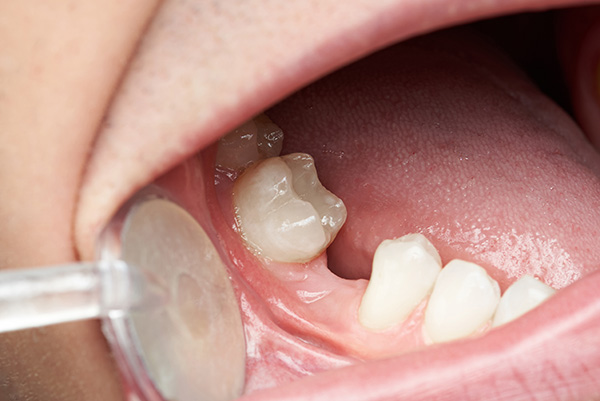How Successful Is a Dental Implant Restoration?

One of the most highly recommended teeth replacement solutions is a dental implant restoration. However, some patients are concerned as to whether it will be successful, which leads them to feel anxious before the procedure. By learning more about the success rate of dental implants, you can make an informed decision about treatment.
What to expect with a dental implant restoration
Every patient has a unique experience with the dental implant restoration process, but there are certain expectations that one can have before, during and after treatment. The following is an overview of the dental implant process, including what a restoration is, what the success rate is and how to make a full recovery following the placement procedure.
What is a dental implant restoration?
A dental implant restoration is the artificial tooth or teeth replacement that attaches to the abutment of a dental implant. The dental implant itself is placed into the jawbone above the restoration and serves as the root for the restoration. The replacement tooth looks, feels and functions almost the exact same as a natural tooth, and it can last for more than 20 years with proper care. Depending on the number of teeth being replaced, the restoration is typically either a dental crown, dental bridge or denture.
The dental implant restoration success rate
Almost all dental implant restoration patients have a successful placement procedure, and the rate of a failed implant is far less than 5%. The rate of success does, however, vary depending on the location of the implant. How well the patient cares for their oral health and how well they protect the mouth after placement also plays a role in whether a restoration is successful. While there is a chance of a failed implant, the risk is small and not typically a concern.
Preparing the mouth for placement
One of the reasons that a dental implant restoration has such a high success rate is because of the preparations dental professionals take before the placement of the implant. The implant must be supported by the jawbone. Before placement, the general dentist may recommend a bone grafting procedure to ensure a strong and secure hold of the implant. They may also recommend other preparations, such as periodontal disease treatment.
The placement process
Once the mouth is fully prepared, the implant is placed through a safe, minimally invasive procedure. The mouth will then require a healing period, during which the patient should ensure that they practice good oral hygiene and eat a soft diet of healthy foods and drink water often. Once the mouth has healed, the abutment and dental implant restoration are placed.
Talk to a dentist today about treatment
If you have one or more missing teeth and want to restore the appearance, oral health and function of your smile, then we encourage you to get in touch today. We believe that everyone should have a smile that they are confident with, and we are here to help patients through the dental implant restoration process.
Are you considering a dental implant restoration in the Columbus area? Get more information at https://www.ohiocosmeticdentists.com.
Check out what others are saying about our services on Yelp: Read our Yelp reviews.
Recent Posts
If you are missing several teeth or all of your upper or lower teeth or even all the teeth in your mouth, you may be wondering, “What are my options for replacing missing teeth?” Full or partial dentures may be a good option for you. In this article, we’ll discuss what makes a good candidate…
Missing teeth can result from many different things; regardless of how you lost your teeth, there are options for replacing missing teeth. There may be a stigma around dental care breaking the bank, but these options all have their pros and cons, which you should take into consideration.One option many consider is doing nothing. While…
There are several dental implant options for replacing missing teeth. A dental implant permanently replaces a missing tooth, saving smiles and helping people eat their favorite foods for years to come. Unlike other options for replacing missing teeth, dental implants do not require regular check-ups from a dentist.The three most common types of dental implants…
Within the past few decades, advances in dentistry have resulted in many options for replacing missing teeth. While all of these options help restore functionality and appearance to a person’s mouth, they also differ in several ways. Depending on a patient’s dental history and lifestyle, one replacement option may be better suited for them than…


